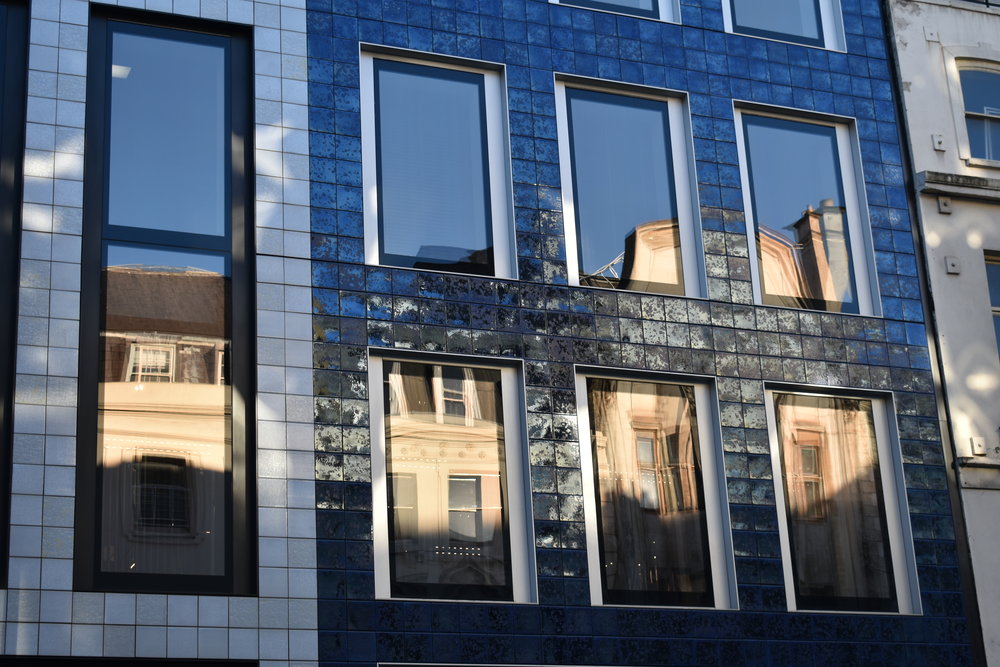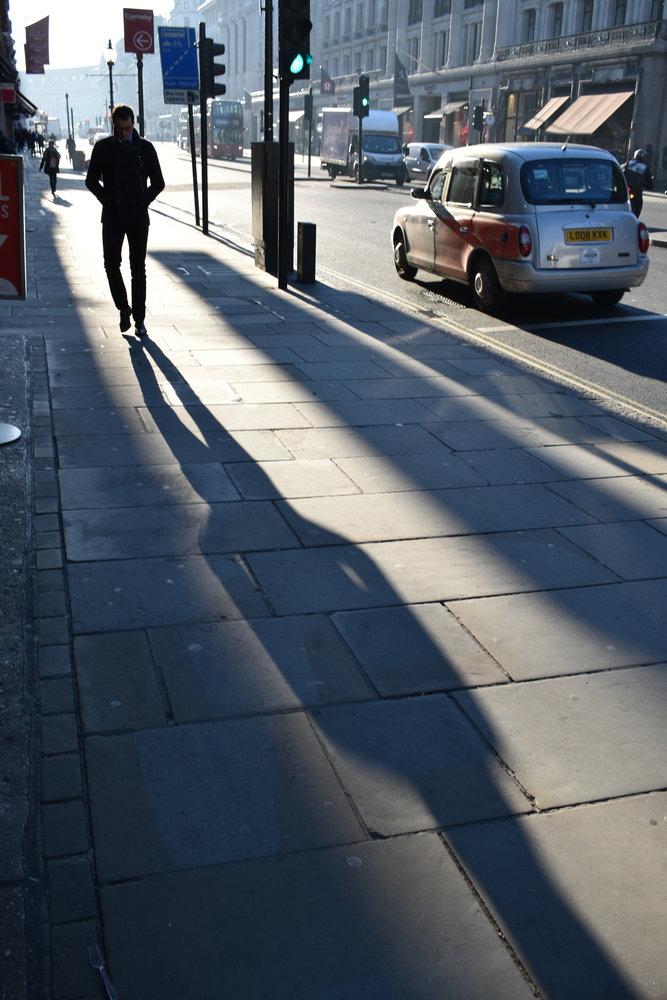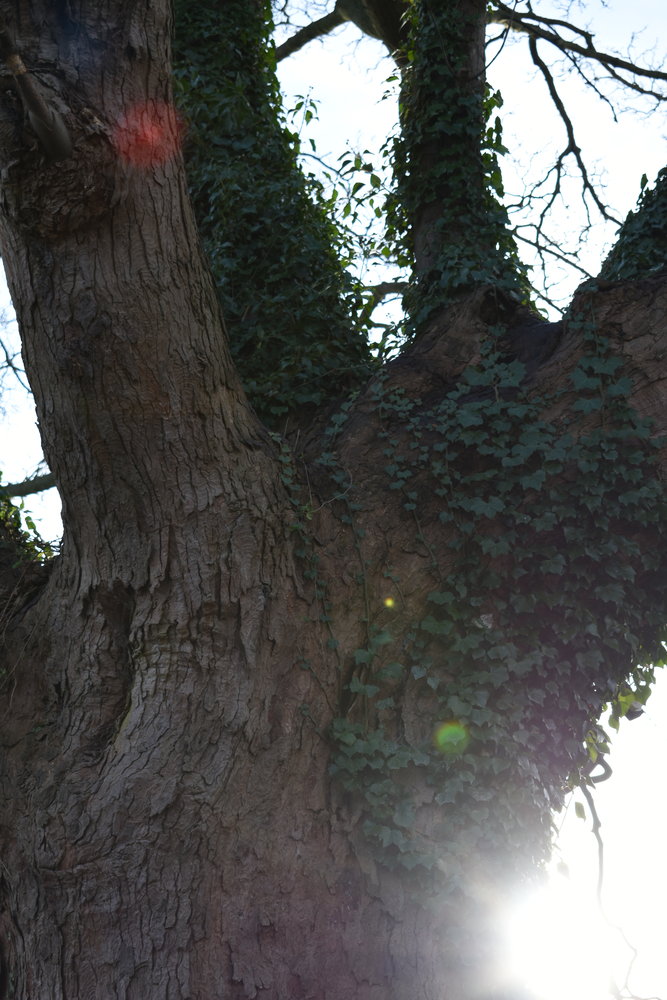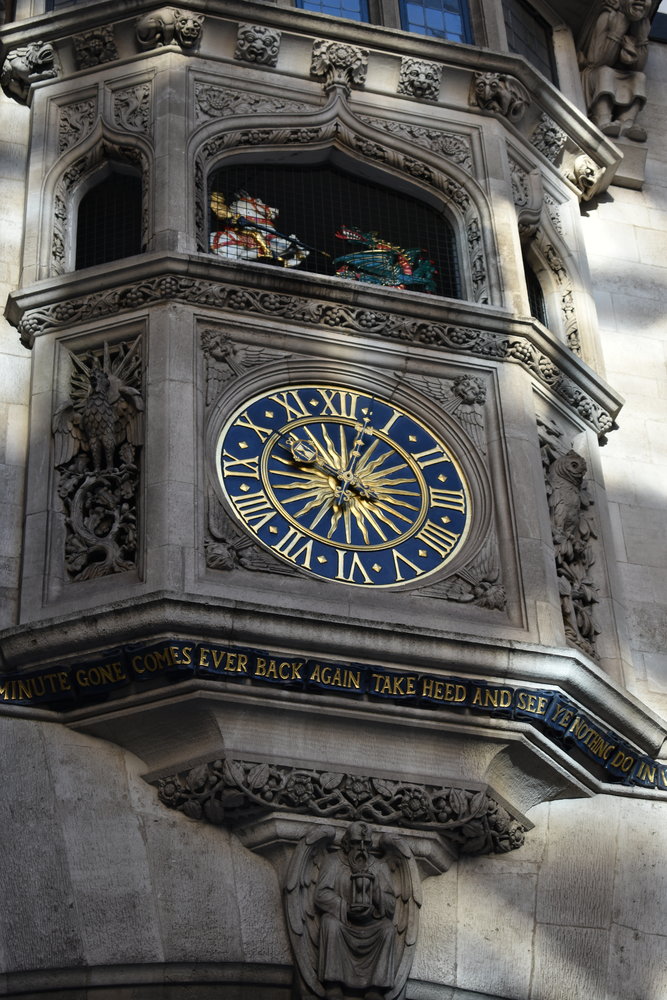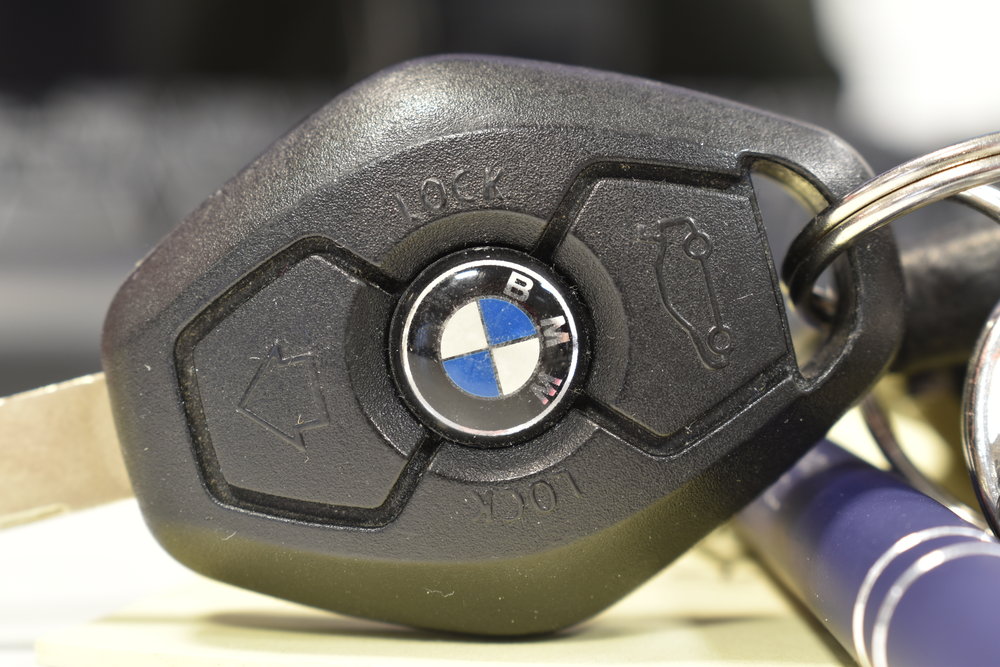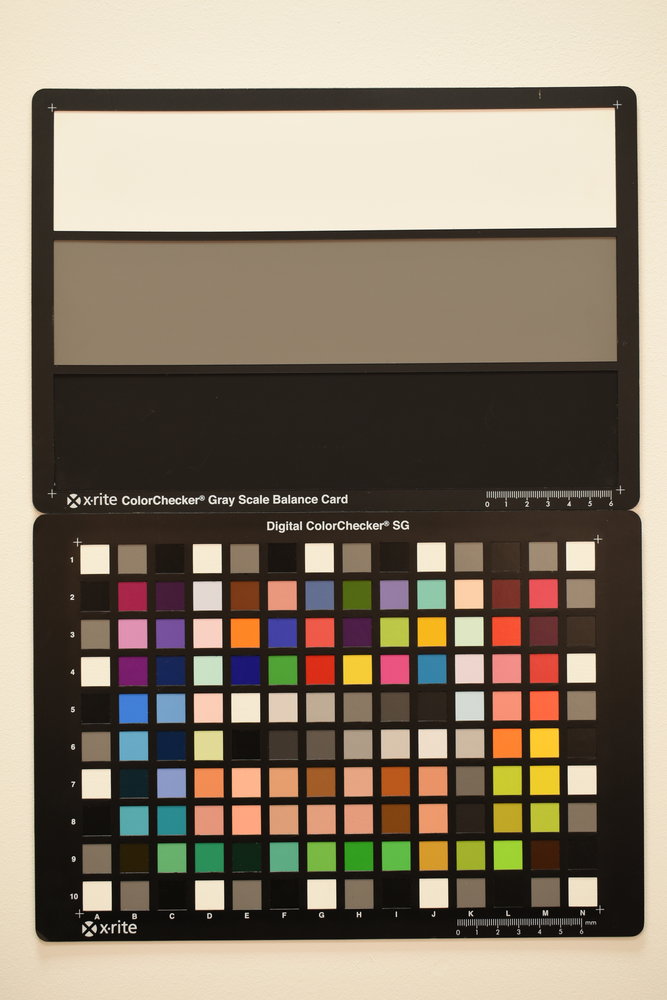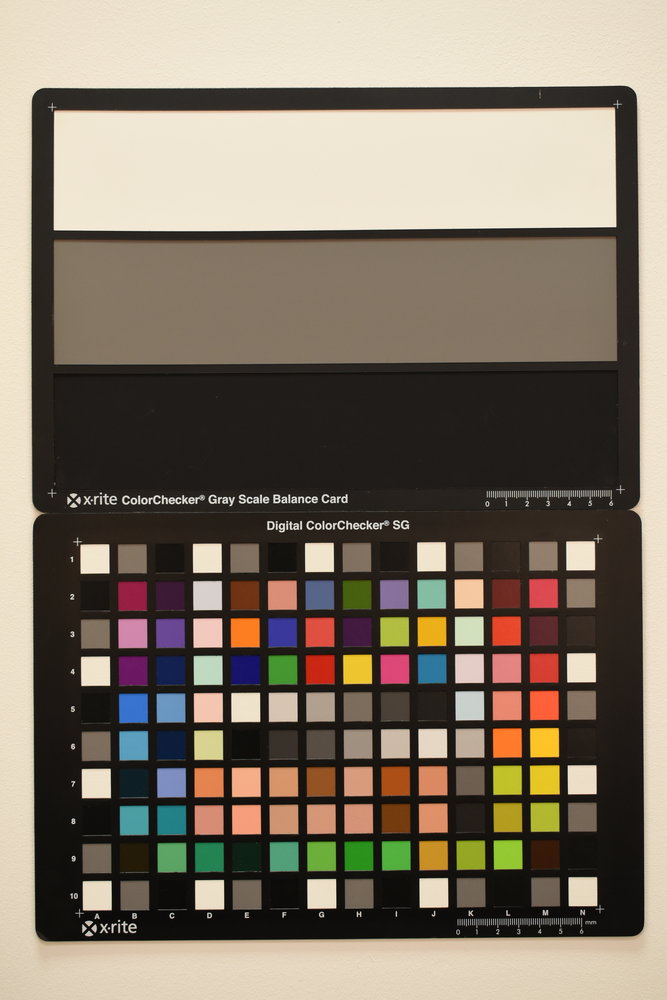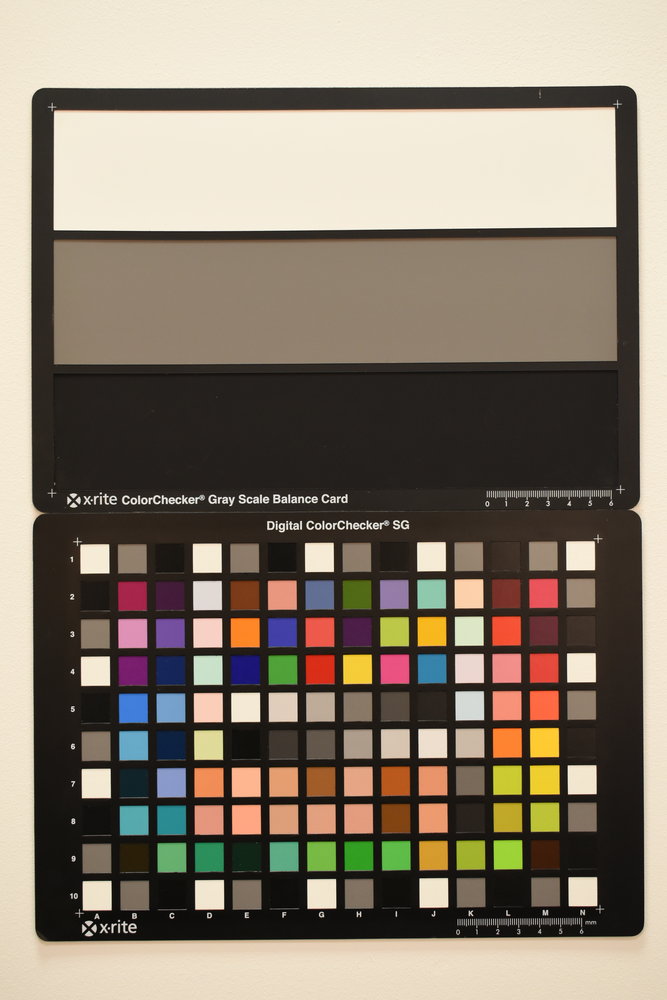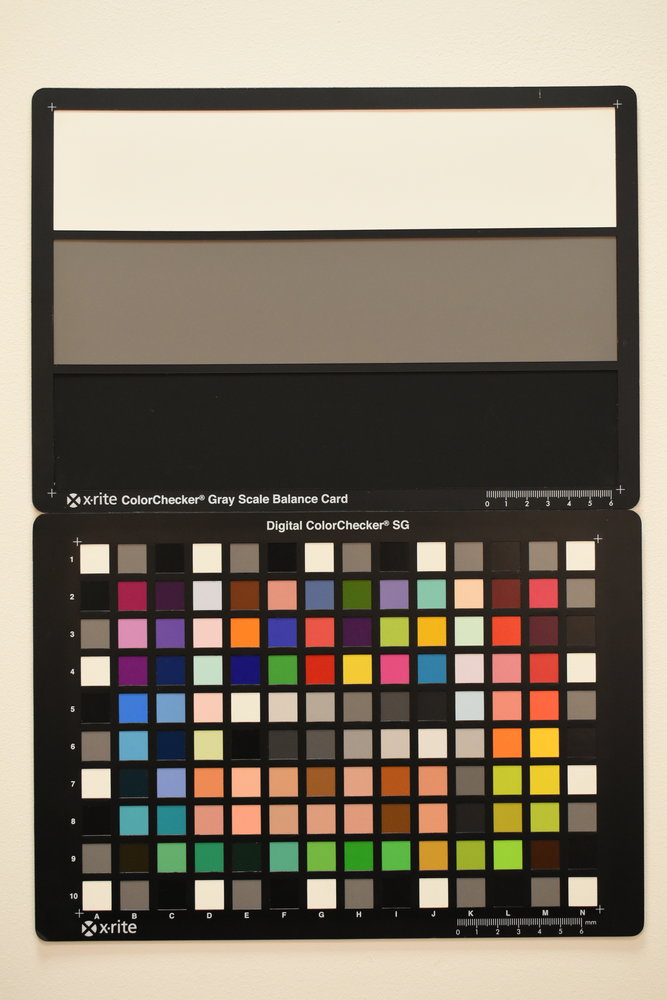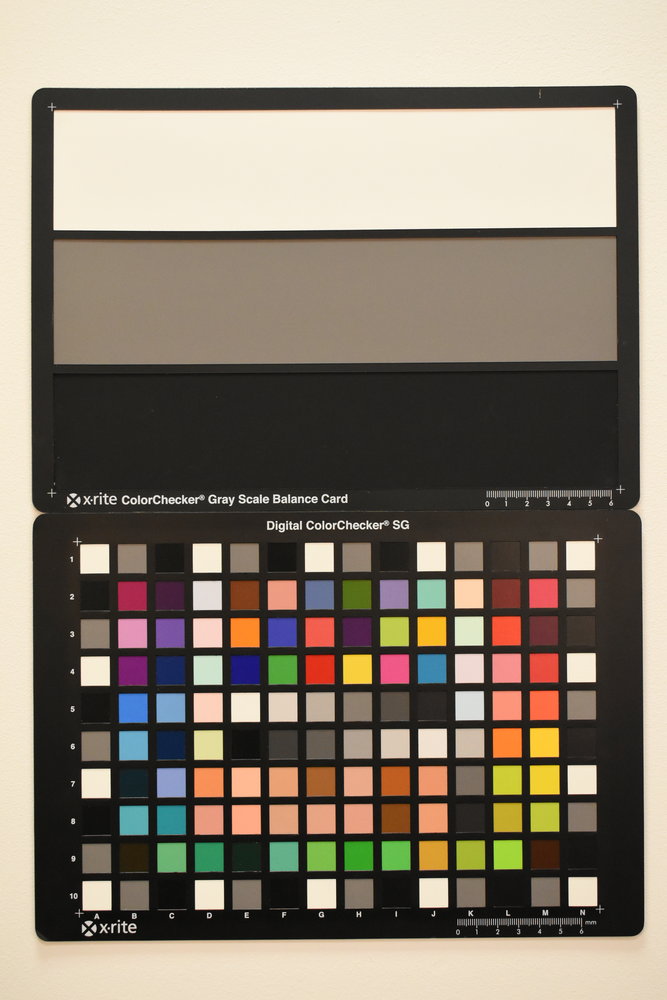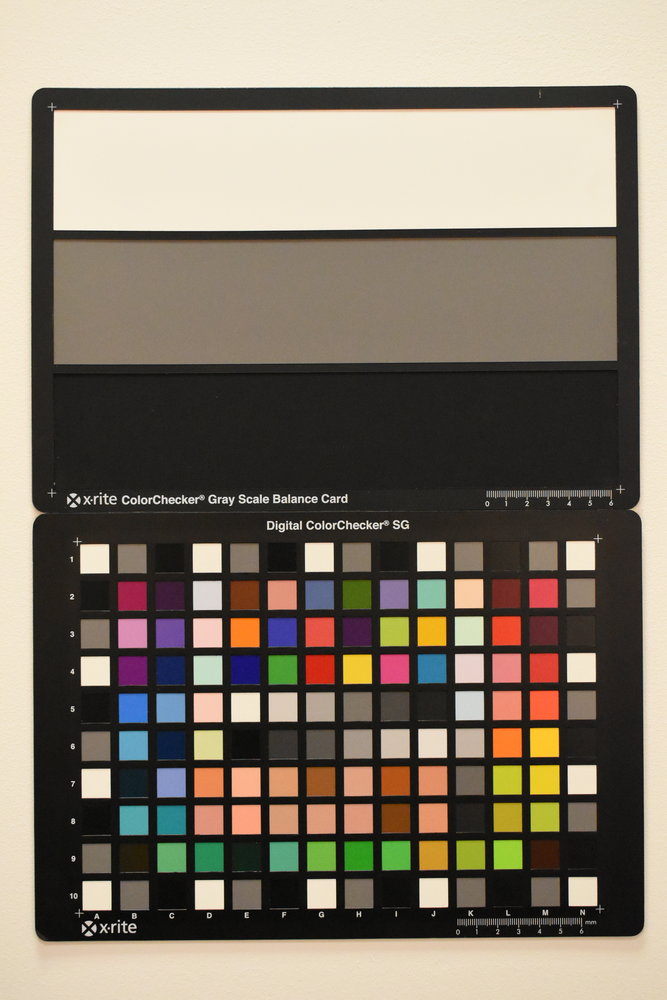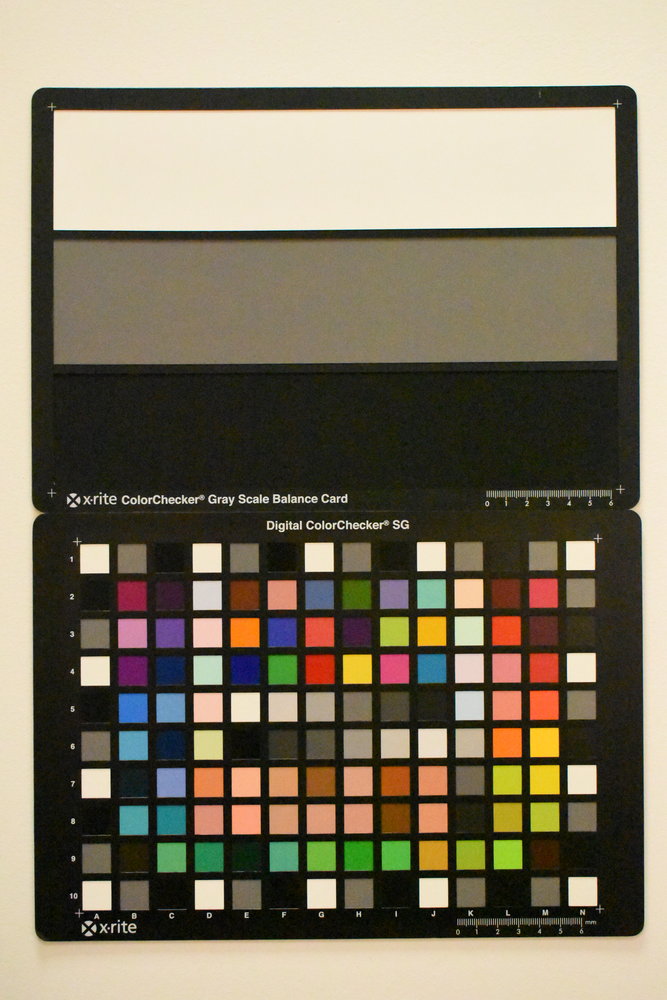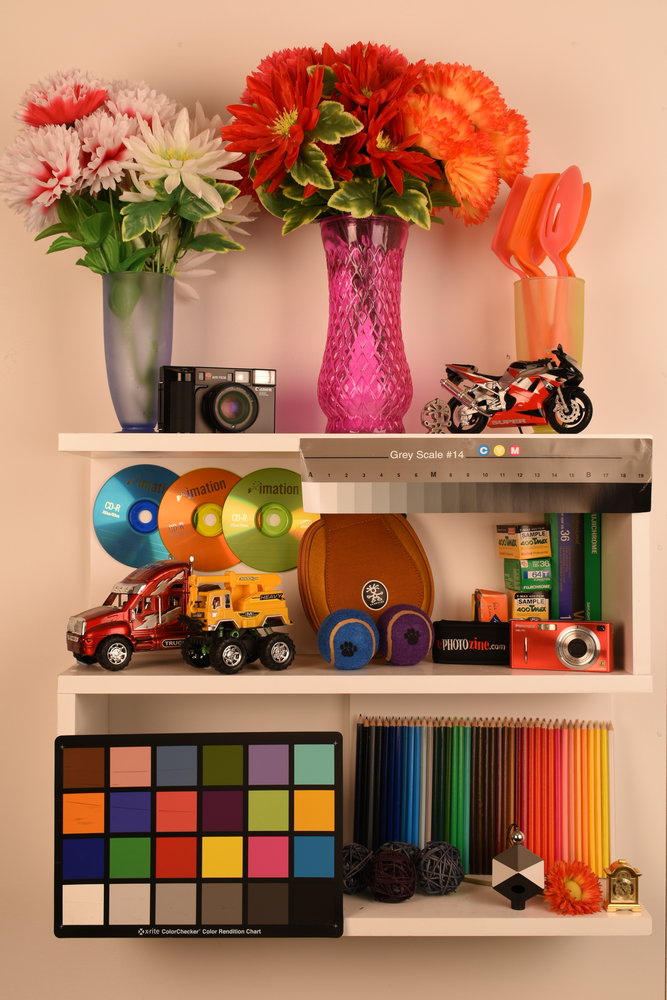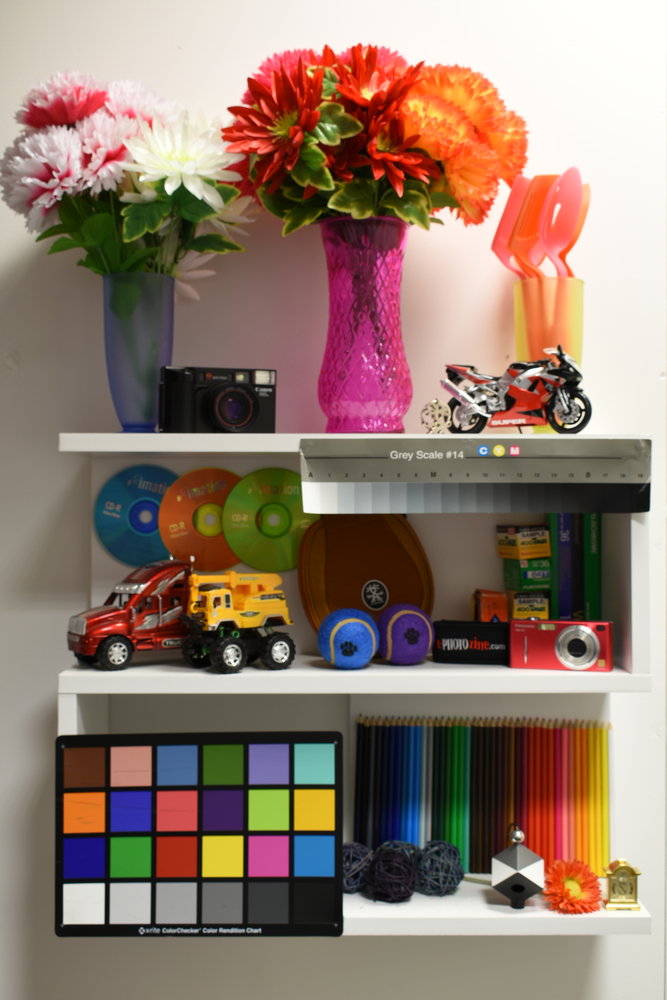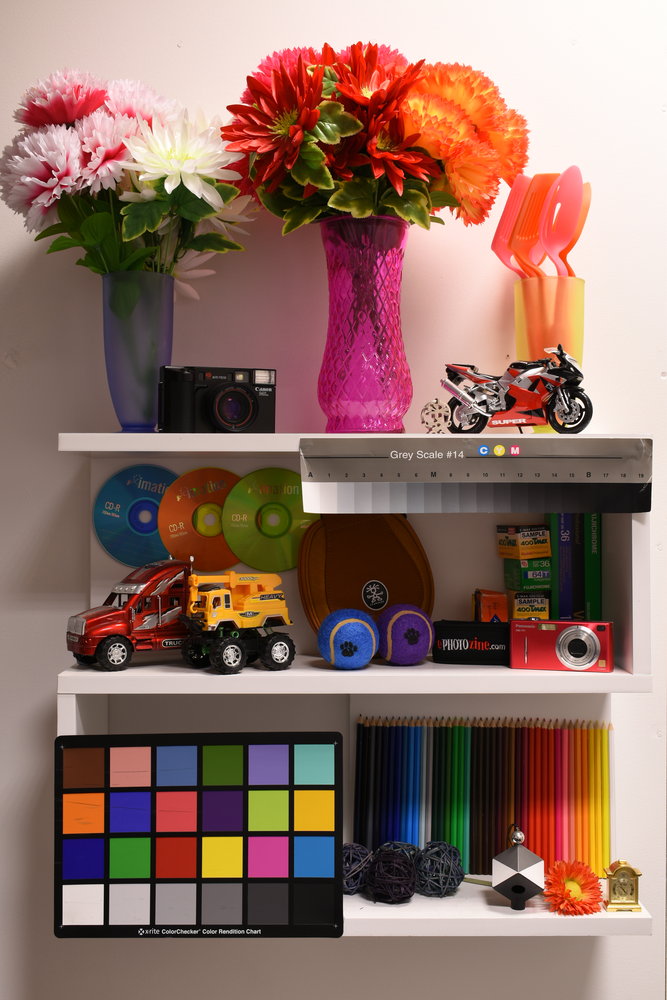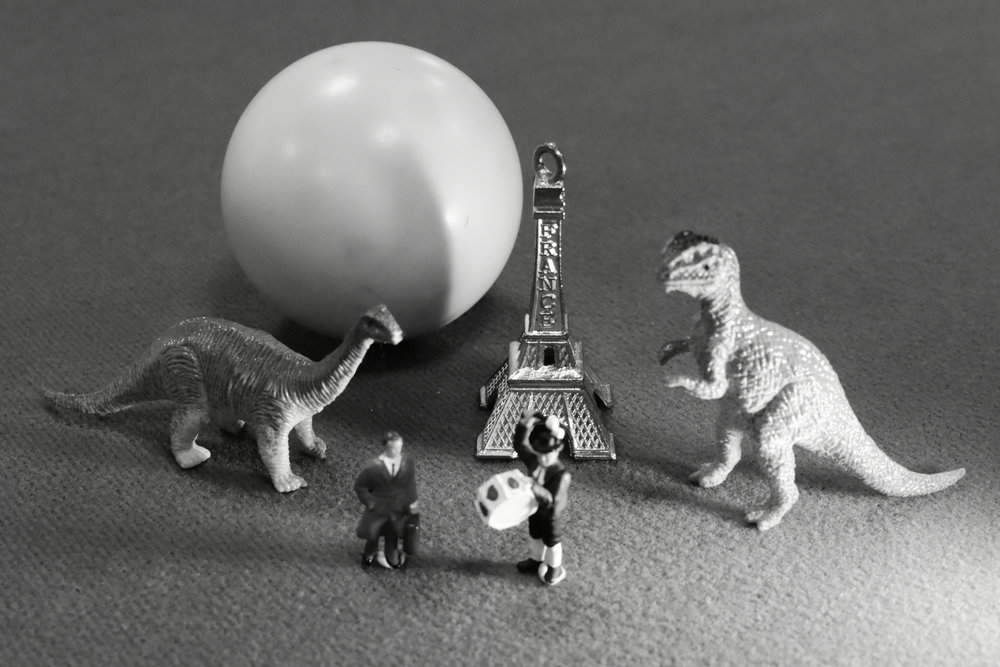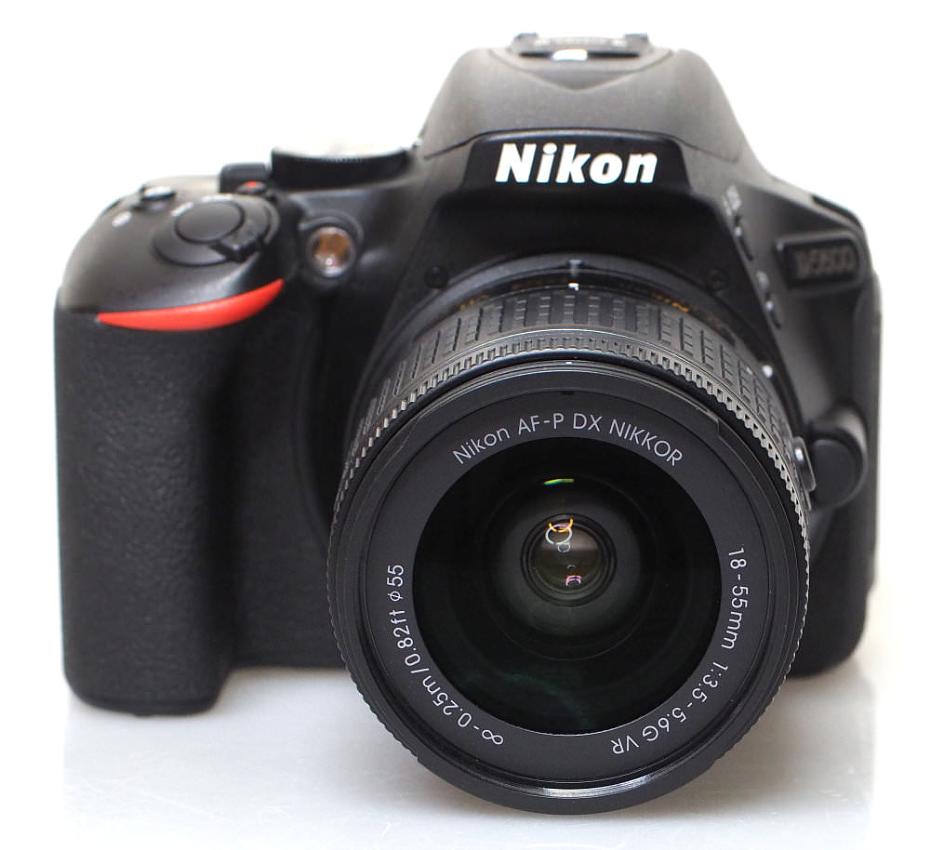
The Nikon D5600 is an update to the Nikon D5500, Nikon's mid-range consumer DSLR, and features built-in Bluetooth along with compatibility with Nikon's Snapbridge app. The camera has a 3.2-inch tilting touch-screen, and one of the smallest DSLR bodies available.
The camera features a 24 megapixel APS-C CMOS sensor, with no OLPF (Optical Low Pass Filter) designed to give the sharpest image quality possible. It features full HD video recording with stereo sound, and built-in Wi-Fi and Bluetooth enables low-power transfer of images to your smartphone. The Nikon D5600 is available in black.
Nikon D5600 Features
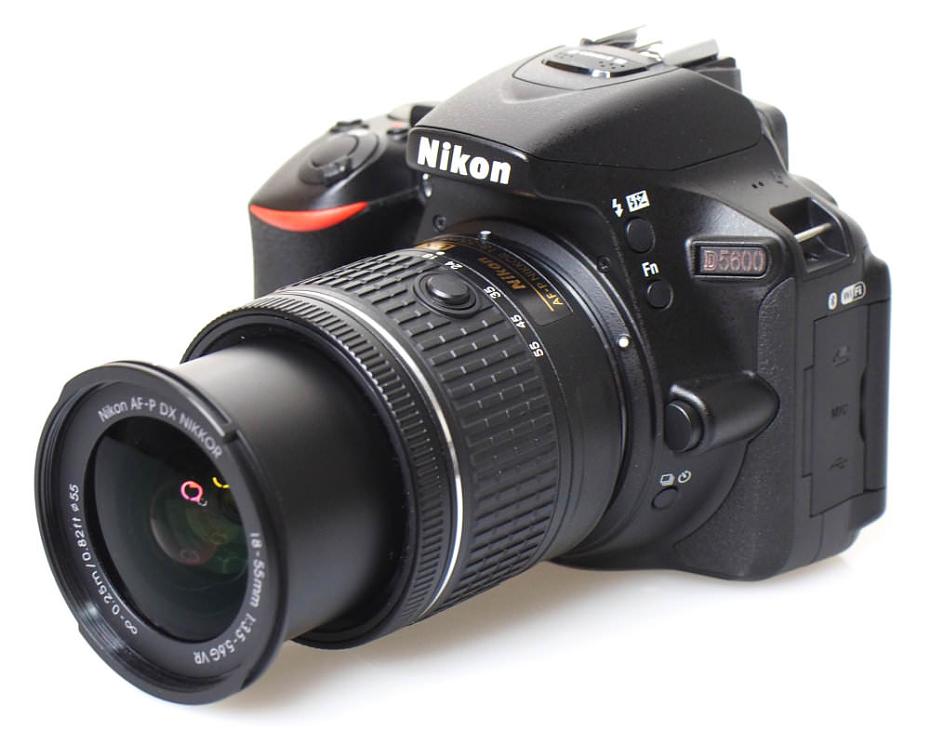
The Nikon D5600 features a 24.2 megapixel APS-C CMOS sensor, with no optical low-pass filter, which should enable sharper and more detailed images. The camera features full manual controls, as well as automatic and scene modes to make it easier to use for beginners. Effects are available including Night Vision that boosts the ISO setting and switches to black and white to take photos at quick shutter speeds even in extremely dark conditions, without the need for a tripod.
The Nikon D5600 features a 3.2inch touch-screen, and this can be used to change settings as well as set the focus point. Built-in Wi-Fi, NFC and Bluetooth lets you transfer photos to a smartphone or tablet, as well as let you remotely control the camera. From the app you can upload to social network sites such as Facebook. With low-power Bluetooth images will be transferred to the smartphone automatically.
FullHD video is recorded at 60p, 50p, 25p and 24p with stereo microphones built-in as well as a mic socket for those who want to improve sound quality and / or use an off-camera microphone.
The Nikon D5600 is the successor to the D5500, and D5300, so let's have a look at the differences between the Nikon D5600 vs D5500 vs D5300:
| Nikon D5600 | Nikon D5500 | Nikon D5300 |
| 3.2inch touch-screen | 3.2inch touch-screen | 3.2inch screen |
| Wi-Fi, Bluetooth and NFC | Wi-Fi | Wi-Fi, GPS |
| Timelapse video option | Interval timer | Interval timer |
| None | Infrared (front and back) | Infrared (front and back) |
| 970 shots* | 820 shots | 600 shots |
| 465g | 470g | 480g |
* with Bluetooth disabled
The camera comes with a Nikon AF-P lens, which is collapsible, but lacks the VR / MF switches of the AF-S lens. Instead, you can now switch this on and off in the camera menus.
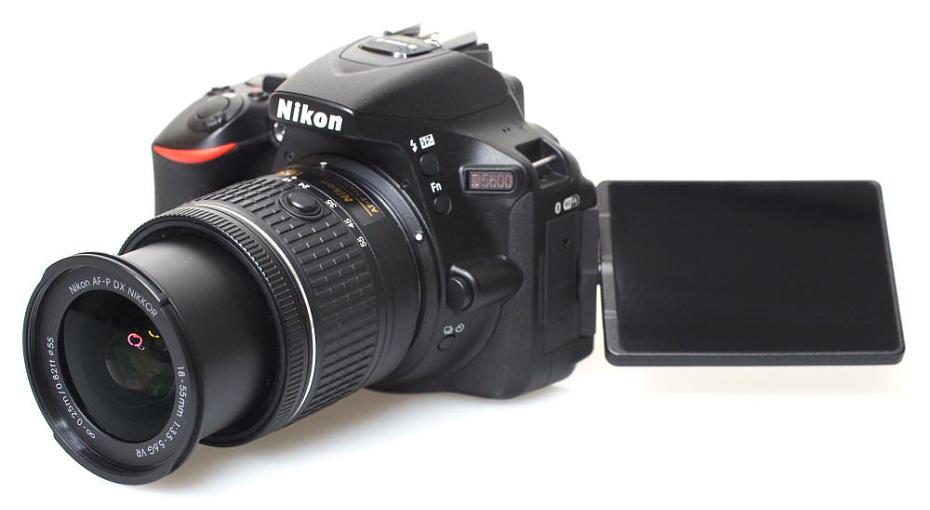
Nikon D5600 Key Features
- 24.2 megapixel APS-C CMOS sensor
- No OLPF (Optical Low Pass Filter)
- Optical viewfinder, magnification (approx. 0.82x)
- 3.2-inch tilting vari-angle touchscreen, 1037k dots
- Wi-Fi, Bluetooth, NFC connectivity
- ISO100 - ISO25600
- EXPEED 4 image processor
- 39-point AF, 9-cross type AF
- 5fps continuous shooting
- 2,016-pixel RGB metering sensor with Nikon’s Scene Recognition System
- Full HD movies at 1080/60p, 50p, 25p, 24p
- HDMI output supported
- Built-in stereo microphone and compatibility with Nikon’s ME-1 Stereo Microphone
- HDR and Active D-Lighting
- Special effects for still images and movies
- 16 Scene Modes
- 14-bit RAW recording
Nikon D5600 Handling
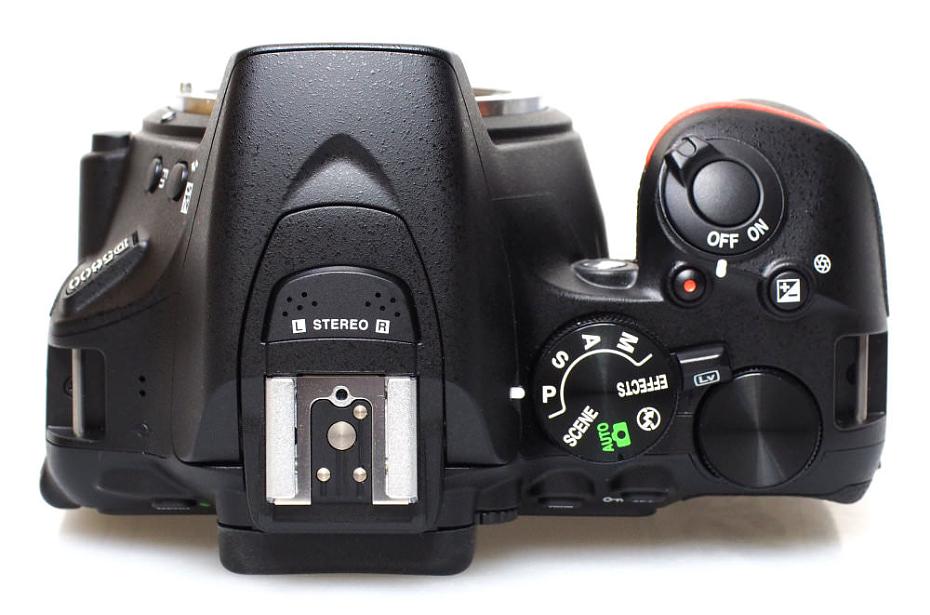
The Nikon D5600 has an impressively clear and bright 3.2inch touch-screen with very good viewing angles, and despite the compact body size, Nikon has still managed to include a large screen. The screen can be tilted for viewing from in front of the camera, or for shooting at awkward angles. The camera uses a 39-point AF system, with 9 cross-type sensors, and the focus area is shown in the optical viewfinder clearly with red sections, although the viewfinder isn't the largest, it is much quicker to use the camera with the optical viewfinder rather than live-view.
The thin camera body means the handgrip has a much deeper and wider space for your hand between the grip and lens. This makes it very comfortable to use, and the camera is impressively small compared to most other DSLRs on the market.
The body is made from a monocoque design, which enables the camera to be smaller, it feels solid and well built, with a number of premium touches such as a stylish finish on the mode dial and command wheel. There is an eye-detection sensor above the optical viewfinder so that the camera knows when you are holding the camera up to your eye. This is useful so that you don't accidentally adjust camera settings on the rear touch-screen.
The shutter sound is quite loud, certainly much louder than most mirrorless cameras, and the "Quiet shutter mode" is more of a soft shutter mode, rather than offering a truly silent shutter. There is no option to shoot using an electronic shutter.
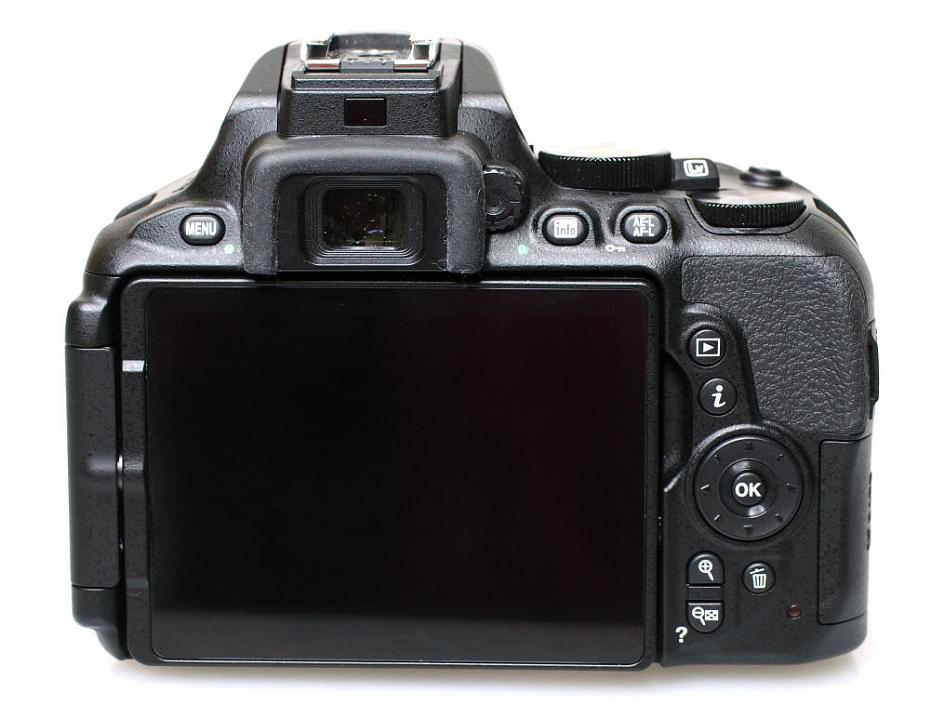
The control system on the camera is mostly good, and the ability to use the touch-screen as well makes the camera very easy to use. However, the command dial on the back doesn't let you use it to change settings and options, which can be a little frustrating at times.
The other main method of changing settings and options is using the i button, and this lets you set the options on the rear screen without having to go into the menus. Unlike other cameras, you can't assign functions to the 4-way controller, and for more direct access to settings, you'll need to look at the Nikon D7200. Thankfully the menus are neatly and clearly laid out with each section colour coded, and if you need any help you simply press the ? button.
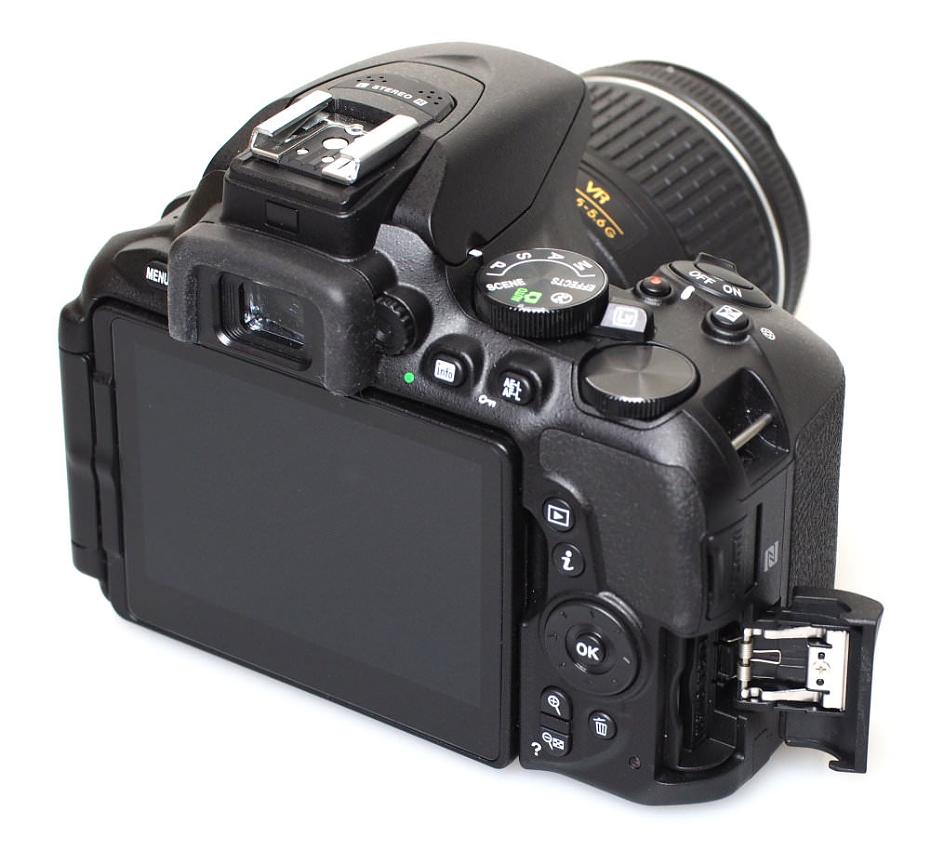
The buttons on the camera are quite small, due to a smaller body, and large screen, and the info button has been moved to the back of the camera. The drive mode button is flush with the body (bottom left), which can make finding it difficult when shooting in dark conditions.
|
|
|
|
Wi-Fi - The Nikon Snapbridge app is available in the Android or iOS app store, and lets you browse and download photos automatically over Bluetooth. To setup remote control of the camera, you then need to connect over Wi-Fi. You can set the focus point with the touch screen on the smartphone, and take photos, although options are quite limited, with no control over any of the camera settings.
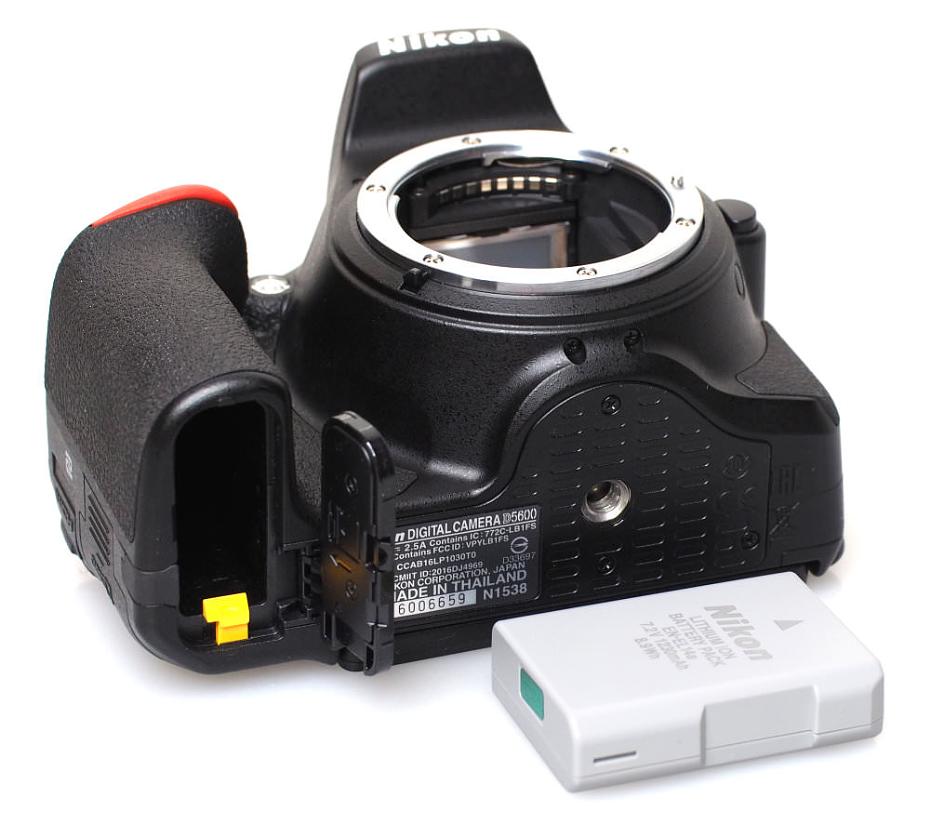
Battery life - Battery life is rated at an impressive 970 shots according to Nikon / CIPA test results, and the camera comes with a high power EN-EL14a battery with 1230mAh rating. The battery life will be shorter when Bluetooth is left switched on.
Nikon D5600 Performance
The performance section is where we look at the image quality performance of the camera. Additional sample photos and product shots are available in the Equipment Database, where you can add your own review, photos and product ratings.
Speed - We took a number of shots to test the camera's responsiveness, from switch on to first photo, shot to shot, focusing speed etc. We take a number of shots and then use the average to ensure accurate and consistent tests, making it easy to compare with other cameras.
| Shutter Response | <0.1s / 0.25s Live view |
| Wide - Focus / Shutter Response | 0.15s / 0.65s Live view |
| Full zoom - Focus / Shutter Response | 0.15s / 0.8s Live view |
| Switch on Time to Taking a Photo | 0.5s |
| Shot to Shot without Flash | 0.4s |
| Shot to Shot with Flash | 0.6s |
| Continuous Shooting - JPEG (shots before slow down) |
5fps (14 shots) |
| Continuous Shooting - Flash | N/A |
| Continuous Shooting - RAW | 4.5fps (6 shots) |
Shutter response is excellent, and focus speeds are good with the new AF-P lens. Using live view focus and shutter response speeds are slow, making it a more frustrating process using the live view feature for photos, although there is an improvement over the D5500. Switch on time and continuous shooting speeds are good. The number of shots possible is lower than the D5500 - 14 continuous JPEG shot compared to 57 on the D5500.
Nikon D5600 Sample Photos
Sample Photos - The camera produces images with excellent colour reproduction and exposure is reliable. Portrait photos with flash shows no signs of red-eye, and detail is good. There are a number of options for capturing shots in a variety of conditions, including a Night Vision effect mode, and night shooting scene modes. D-Lighting improves photos, retaining more detail in highlights and shadows, however to extend dynamic range further you can use the HDR mode that combines a number of shots at different exposures for much more detail in highlight and shadow areas. The HDR mode can be used handheld in good light.
Nikon D5600 Lens test images
Lens Performance - The AF-P VR kit lens performs reasonably well for snapshots, with a small amount of barrel distortion at the wide-angle end of the lens and a little pincushion distortion at the telephoto end of the lens, with the camera correcting for this when auto distortion correction is switched on. There is not much vignetting to be seen.
Purple fringing or chromatic aberrations aren't a problem, unless you go looking for it, where you may find it in the far corners of the image in areas of high contrast. There is a slight drop in sharpness in the corners of the image, and the lens is a little softer than we would have liked to see. The kit lens also gives good macro performance, although for the closest focus, manual focus is recommended. For a step up in image quality, and to get the best out of the sensor, we would recommend using a prime lens.
Nikon D5600 ISO test images
ISO Noise Performance - ISO performance is good with low noise between ISO100 and ISO400, and this continues to be low at ISO800 and ISO1600 with just a slight drop in levels of detail, which is more noticeable at ISO3200. Detail is reduced further at ISO6400, but colour is good. Noise increases again at ISO12800, but results may still be usable. Noise becomes much more noticeable at ISO25600, with a noticeable colour shift. The camera gives a very slight improvement ver the D5500 in noise performance, but not enough if you have the D5500 already. The D5600 also gives very similar performance to the Canon EOS 750D, but does not quite match the performance of the Pentax K-70.
Nikon D5600 White-balance test images
White Balance Performance - Auto White Balance (AWB) gives a warm image under tungsten lighting, with the Tungsten / Incandescent preset giving a more neutral result. AWB performs well under fluorescent lighting, with the fluorescent preset also giving a good result.
The D5600 doesn't feature control over the level of auto white balance correction, for example there are no "warm" or "white" correction options for auto white balance, unlike some of the other new Nikon Digital SLRs (or Canon's latest range of DSLRs, including their entry-level 1300D).
Nikon D5600 Digital filters
Digital Filters - The camera doesn't feature a built-in panoramic mode, instead you will need to do this manually on your computer. Effects on the mode dial let you shoot with a number of different effects applied. The effects available are: Night vision, Super Vivid, Pop, Photo illustration, Toy camera, miniature, selective colour, silhouette, high key and low key.
A number of additional effects can be applied in playback. Picture control lets you choose from standard, neutral, vivid, monochrome, portrait, landscape or flat, and these can be customised letting you adjust sharpening, clarity, contrast, brightness, saturation and hue. The retouch menu has a large number of options available including: RAW processing, Quick retouch, Perspective control, and side-by-side comparison, to name a few.
Video - The camera has a number of video options including 60p, 50p, 25p and 24p frame rates, and stereo microphones built in, as well as a microphone socket. Audio options include a wind filter, microphone settings (auto or manual) and the movie mode can be used with manual controls. Quality is good, focus is quite quick, and lens noise is minimal. Additional videos from the Nikon D5600 can be found on the ePHOTOzine YouTube Channel.

Value For Money
The Nikon D5600 is available for £729 with kit lens which makes it good value for money considering the features on offer, with built-in touch-screen, Wi-Fi, and Bluetooth. Alternatives to look at include the following cameras:
Canon EOS 750D, 24mp, 3inch vari-angle touch-screen, Wi-Fi, NFC, £649 with 18-55mm lens
Pentax K-70, 24mp, 3inch vari-angle screen, Wi-Fi, Weather-sealed, £749 with 18-135mm lens
Sony Alpha A68 (SLT), 24mp, 2.7inch tilting screen, no Wi-Fi, £629 with 18-55mm lens
You could also have a look at a mirrorless camera with EVF, including the Panasonic Lumix G80 (£629 body only), Olympus OM-D E-M10 Mark II (£499 with lens), Sony Alpha A6000 (£539 with lens), or Fujifilm X-T10 (£599 with lens).
You'll also need to buy a memory card and a case or bag to keep your camera safe and protected - have a look at our complete guide to camera bags.
Nikon D5600 Verdict
The Nikon D5600 offers a larger than normal 3.2inch touch-screen, and a surprisingly compact DSLR camera body. The body is ergonomic despite the small size, with a large hand-grip. The 24-megapixel sensor features no optical low-pass filter, which gives improved image quality when shooting with high-quality lenses. We'd recommend using prime lenses to get the best out of the camera.
With built-in Wi-Fi, Bluetooth, and NFC, you can quickly setup a connection to your smartphone to enable transfer of images from your camera to your smartphone. Using Bluetooth, this uses less power than Wi-Fi, and means it can continue transferring images even when the camera is switched off (there is an option to switch this feature off entirely if you want to preserve your battery life). This is a great way to transfer images, however it's quite slow, so patience is recommended.
The 3.2inch touch-screen looks great, and battery life is improved, with the camera offering up to 970 shots, although it is drained by Bluetooth (when in use). Unfortunately, Live-view focus isn't as quick as other cameras, so for the quickest performance it's recommended you shoot using the optical viewfinder.
As a whole, when combined with the compact AF-P 18-55mm kit lens, the compact camera gives excellent handling, and this is a great entry into Nikon Digital SLR shooting. Like the Nikon D5500 before it, the D5600 provides excellent image quality, with a compact stylish Digital SLR body, with useful features including built-in Wi-Fi, NFC, and Bluetooth, and an excellent 3.2inch touch-screen. With a 24.2 megapixel sensor, with no OLPF, the camera is capable of taking some very detailed and sharp photos, making it a camera you can grow into, and if you are prepared to invest in additional lenses, then you should be able to get the best out of the camera.
|
The Nikon D5600 offers a large screen, built-in Bluetooth, and an impressively compact camera body. |
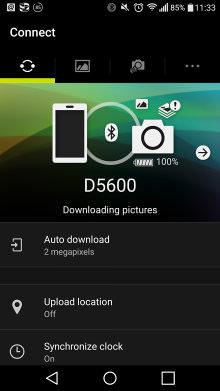 Main screen
Main screen Downloaded
Downloaded Remote Shooting
Remote Shooting


